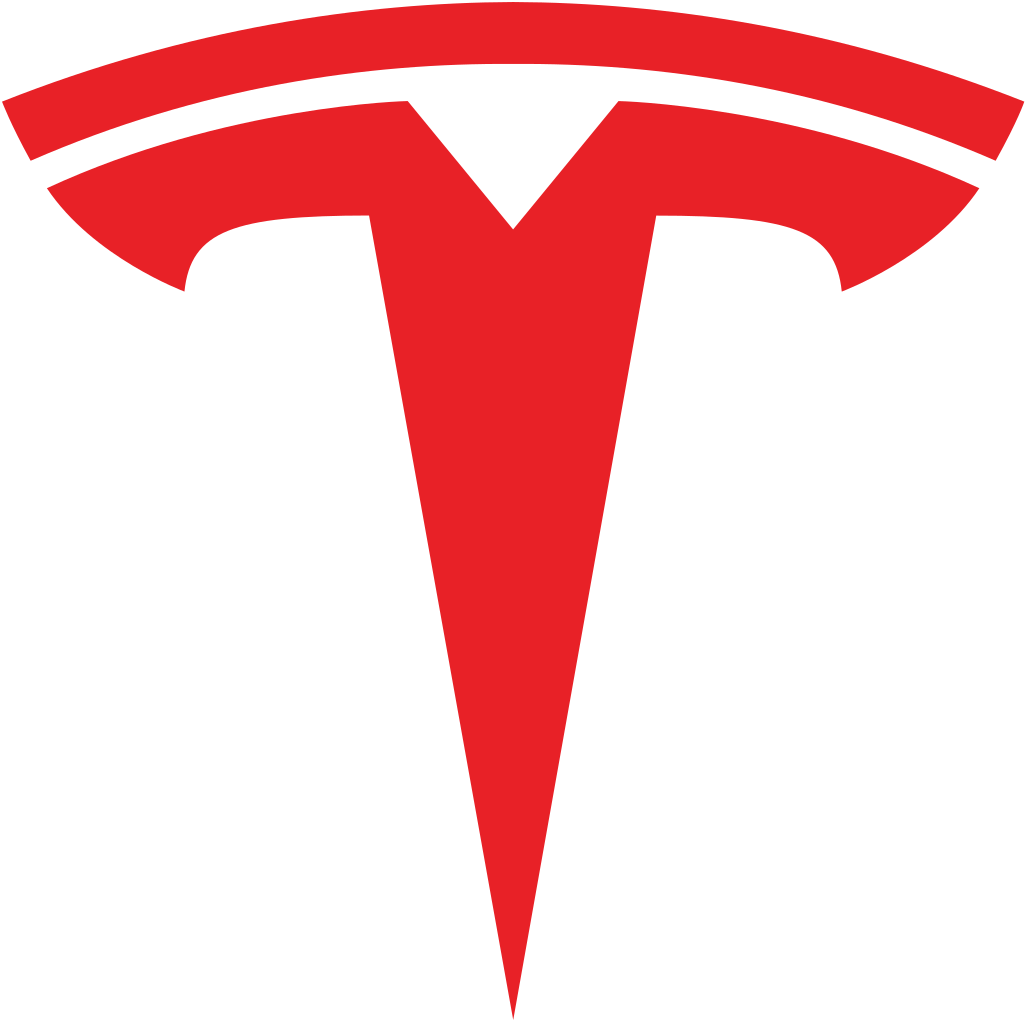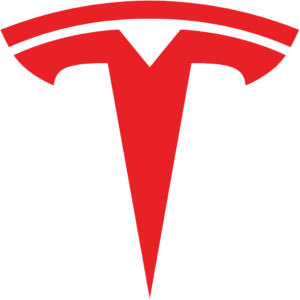Occasionally it’s worthwhile to step back and gather one’s thoughts regarding Tesla, its business environment, and its progress. This week, Tesla’s stock hit an all-time high, breaking the $1,000 a share mark for the first (but certainly not the last) time. Part of the reason for this is Tesla’s stock, as a high “beta” market leader, was carried along by the usual stock market psychological gyrations. These will continue, especially as we have seen in reaction to good or bad COVID-19 news. Anything with “vaccine” in it is good, anything with new COVID-19 cases and deaths is bad. As noted below the majority of Tesla’s stock rise is quite naturally based on good news about Tesla’s continuing progress on several fronts.
Tesla’s two plants under construction continue to set new records for fast progress. Its Giga Shanghai plant’s Phase 2 construction that will more than double the size of its existing plant will house Tesla’s Model Y manufacturing line and is also likely to house a plant for Tesla to make its own batteries for some of its Far East market models. To everyone’s amazement given Germany’s bureaucratic environment, Tesla’s Giga Berlin plant is on an equally fast path with ground having already been broken and huge concrete pilings/pads being poured daily. Meanwhile the major countries in Europe continue their push for a cleaner environment and re-invigorated economies with massive stimulus programs here and here for battery-powered electric vehicles and to a lesser extent, plug-in hybrids.
Tesla just published their 2019 Impact Report. As I wrote in my recent blog, this report sets new standards for such reports in terms of its breadth of coverage and factual detail about Tesla and its progress toward its strategic goals. The report greatly enhances Tesla’s credibility and has been received very favorably by the investor community.
In the face of high demand for Tesla’s new Model Y, Elon Musk is personally involved in trying to solve startup production bottlenecks and increase the Y’s daily production rate. Edmunds and Motor Trend have two of the first reviews of the new Model Y (in addition to many YouTube channels). Both reviews are very enthusiastic, with Motor Trend’s review ending with the statement: “[Tesla’s] Model Y will give them [Tesla’s rivals] nightmares.” Incidentally, Giga Berlin will be a plant that, at a minimum, produces Model Y’s for Europe.
No doubt another item that fueled Tesla’s rapid stock rise was Elon’s memo to his employees stating it was time to start “volume production” of its Semi class 8 tractor truck. I have reported in a previous blog on the backlog of orders Tesla has for these Semis, each order secured with a $50,000 deposit. In contrast to Tesla, none of Nikola’s so-called advance orders for its products are secured with any kind of deposit. Tesla has over 600,000 orders for its Cybertruck, each secured with $100. At least that $100 payment is some sign of genuine commitment. Some think Musk’s decision and announcement was to counter the publicity that Nikola was getting with its recent reverse IPO and accompanying hype. There is likely some truth to the fact that Musk was reacting to Nikola’s publicity, but that is only a small part of the story. Here’s a more likely explanation.
We have known for many years that Tesla’s growth has been battery constrained. Even with Tesla’s enormous Sparks Nevada joint venture with Panasonic pumping out some two million plus Panasonic 18650 and 2170 batteries a day, it’s not sufficient for current global Tesla production, and woefully short of the demand that Tesla’s Semi (especially) and Cybertrucks will add to the situation. But currently and in the near future, Tesla will not be as battery constrained. There are several reasons for this.
The recent COVID-19 pandemic has affected the entire global auto industry and Tesla is no exception. People are nervous about the future given the uncertainty of the pandemic and its possible return, and given the current recession brought about by government-mandated lockdowns. It is not unreasonable to expect that no matter how enthusiastic many potential Tesla Model S, X, 3, and Y customers are to obtain their Tesla’s, some people who had a Tesla on order have cancelled or postponed their purchase in view of the aforementioned conditions. My estimate is that Tesla’s backlog might be down at least 15% for this reason. I think that most of these customers will come back to the well in a few months. But this reduction (or perhaps a greater one) opens up some battery capacity Tesla didn’t have before.
Furthermore, Tesla has an agreement with CATL – recently approved by the Chinese government — to supply batteries for Chinese made Model 3s. This means that when fully implemented very soon, Tesla will not have to supply Tesla’s rapidly growing Chinese Model 3 market with batteries from its Giga Nevada plant. Tesla’s forecast for its first full year of Shanghai Model 3 production is 150,000 vehicles. At 4,416 2170 batteries per Model 3, that’s 662.4 million 2170 batteries. At roughly 2 million batteries per day, that’s 331 days of production no longer required in China from Tesla’s Giga Nevada, not to mention the enormous savings to Tesla in transoceanic shipping costs. Result: even more “surplus” battery capacity for Tesla’s forthcoming products. Smart move to go with China’s CATL in China! Pleases the Chinese government too! Another Musk win-win.
Thus more batteries are now available to start to assuage an increasingly impatient Semi customer base that is looking to save money in their logistics operations with Tesla’s Semi truck. But let’s also be realistic about “volume production” of the Semi. I am estimating that “volume production” means a start of about two units a day, with maybe an initial goal of twenty units a week. Small as this might seem, this is a sizable revenue opportunity for Tesla at a minimum of $150,000 to $200,000 a Semi. In addition, it will enhance Tesla’s reputation even further when the public sees these units in everyday use on the highways. Moreover, it will completely deflate Nikola’s story as they will not have a similar truck in production – much less functioning in a proven manner — for another year or two. The same is true with regard to Nikola having a sufficient number of hydrogen fueling stations built on popular trucking routes.
But the real story on battery capacity will lie in the battery technology and battery production technology announcements Tesla will make in its forthcoming “Battery Day” event. Based on my research Tesla will make a series of reinforcing announcements that propel it even further ahead of other automotive companies – most of whom haven’t even caught up to where Tesla’s battery performance was five years ago. All indications are that Tesla will start producing its own batteries. But that is not to say any batteries identical to its currently utilized Panasonic 18650 and 2170 batteries, nor its own new batteries for all its model vehicles immediately.
Everyone is busy announcing “million mile” batteries and huge battery breakthroughs – GM, CATL, Nikola, etc. I am sure CATL’s is real – the others not so much. But Tesla’s new batteries and battery packs will go far beyond this million mile platitude that will in itself have little effect on the average electric vehicle owner who drives 12,000 to 15,000 miles a year. However, it will have a positive impact on over-the-road trucking and future Robotaxi fleet operators.
Tesla’s new battery and battery production program is code named “Roadrunner”. It is likely to have a minimum of five major new features. The first of these is the use of improved battery chemistry as a result of Jeff Dahn’s exclusive battery research for Tesla. Not only will this element of the program result in improved battery chemistry, but it will also feature the use of single-crystal technology to improve Coulombic efficiency and substantially decrease battery degradation over time.
The second element of the program is a switch to a tabless battery design that allows for easier battery manufacture and increased battery efficiency.
Third, Tesla’s new battery manufacturing process will profit from its acquisition of Maxwell Technologies and use their dry cell separator process for cell manufacture. This technology eliminates the need for huge energy-sapping dryers to dry a liquid paste separator, cutting out this expensive and time-consuming step entirely, saving some 10 to 20% of cost, time, and factory floor space in the cell manufacturing process.
Fourth, Tesla will be moving to a much larger battery size – perhaps as large as 40 mm (1.57 inches) in diameter and either 70 (2.76 inches) mm or 110 mm in height. Their Panasonic 18650 cell is 18 mm in diameter by 65 mm tall. The Panasonic 2170 cell is 21 mm by 70 mm. This will result in a more powerful cell. Note especially that it will drastically reduce the number of batteries needed for a given energy capacity. Less batteries needed per vehicle means in effect an increase in battery production capacity.
Fifth, Tesla will be moving to a “cell-to-pack” method of battery containment wherein the batteries are placed directly in the vehicle’s overall “pack” or container, eliminating the modules formerly used between the cells and the overall pack. For instance, the Model 3 uses four modules to form its overall battery pack. Obviously, this cell-to-pack design saves money and production time.
The results of all these battery and battery production improvements (and perhaps more!) mean that Tesla’s new batteries will feature a longer cycle life – – therefore “million mile” for sure, increased charge/discharge cycle life, faster charging time, increased battery energy density, and an increased driving range per size of battery. For Tesla, these changes will increase its effective battery production capacity, decrease its manufacturing energy requirements, and speed manufacturing throughput.
Even more important these changes will drastically lower Tesla’s cost of battery production from its current level of about $100 to $110 a kWh to somewhere on the order of $60 to $70 (or less) a kWh. That’s a savings of roughly $3,200 per 80 kWh battery powered vehicle. This will allow Tesla to absorb some of the savings in increased margins, and as they desire, pass some of these savings on their customers in the form of lower vehicle prices. This lower battery price will also allow Tesla to achieve better than price parity with comparable ICE-powered vehicles. Obviously lower vehicle prices will increase demand for Tesla’s vehicles, and the virtuous cycle continues to turn even faster in Tesla’s favor.
The overall result of Tesla’s battery day announcements is that its competitors, already woefully behind in battery technology and battery management system technology/software, will be left even further behind – many impossibly so.
So, for the serious investor, the events outlined above along with Tesla’s increasing vehicle sales, huge backlog of orders for its Semis and Cybertrucks, the evolving success of its Boring Company, and very strong demand for its solar energy and battery storage products (people always forget about this side of the company) bode nothing but good news. That kind of steady progress toward a company’s strategic goals send a strong signal to investors to remain confident, stay in the game and keep buying Tesla stock.
As we write this, we continue to await two critical news announcements from Tesla. The first is when, oh when, is “Battery Day”? The second is where will Tesla’s new Cybertruck plant be located and when will its construction begin? Please, Elon – the suspense is killing us. Watch Tesla stock skyrocket again after these two announcements…………..stay tuned!
Image courtesy Pixabay
Your feedback in the form of comments or suggestions are welcome in the comment window. Thank you for following my blogs on this site and for participating in my blogging community.





One Response
We can only hope that the lower costs translate to lower end economical vehicle….
We have to see more cars in the $20k – $30K range.